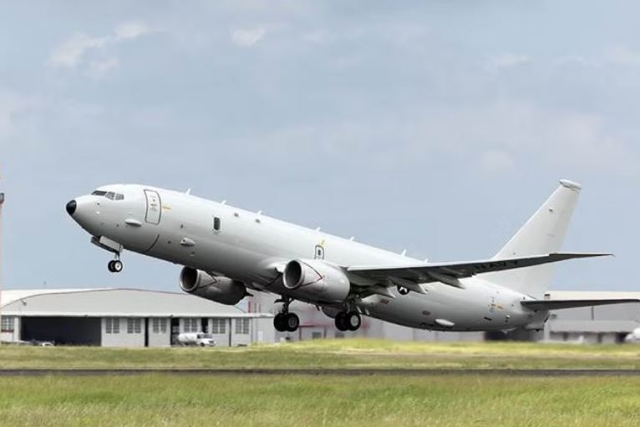Lockheed Martin's 'Pony Express 2' Command & Control Satellite Ready for Launch
Pony Express 2 launch promises advanced satellite tech for resilient, autonomous, and connected command.

Lockheed Martin's 'Pony Express 2' mission, designed to showcase the role of space in enhancing Combined Joint All-Domain Command and Control (CJADC2), is prepared for launch.
Self-funded as a technology demonstration, Pony Express 2 employs two 12U Terran Orbital Renegade-class space vehicles, integrating four Lockheed Martin payloads. These payloads include a tactical communications system, a Ka-band crosslink and mesh network, precision relative ranging, and time synchronization, along with a high-end CPU/processor.
Once in orbit, Pony Express 2 is set to demonstrate enhanced connectivity through NASA-standard delay-tolerant mesh networking, resiliently relaying data through a satellite constellation to ensure connectivity for warfighters at the tactical edge. The mission will showcase autonomous capability using HiveStar, a bid-auction style autonomous mission technology that reduces the need for satellite operator inputs, increasing resiliency and speeding up decision-making. Mission flexibility is provided through the SmartSat technology onboard, allowing applications written in almost any software language to be uploaded for edge processing in software-defined missions.
Agile operations are a key focus, with formation flight algorithms enabling the spacecraft to maintain a tight formation using ion propulsion for efficient cooperative operations. Additionally, the mission incorporates AI-enabled proactive troubleshooting, where an artificial intelligence application autonomously monitors spacecraft telemetry to predict potential failures faster than humans, allowing controllers to proactively address issues.
Scheduled for launch on SpaceX’s Transporter-10 rideshare mission, Pony Express 2 is expected to launch no earlier than March 2024. Following on-orbit demonstrations, the satellite is anticipated to participate in government exercises later in the year.
Pony Express 2 is part of Lockheed Martin's series of self-funded technology demonstrators, joining initiatives like Electronically Steerable Antenna (ESA) Payload, LM LINUSS, and Pony Express 1. It is slated to join other satellites later to form Lockheed Martin’s Space-Augmented Joint All-Domain Operations Environment (SAJE), demonstrating space's role in enabling and leading the Department of Defense’s CJADC2 vision.













